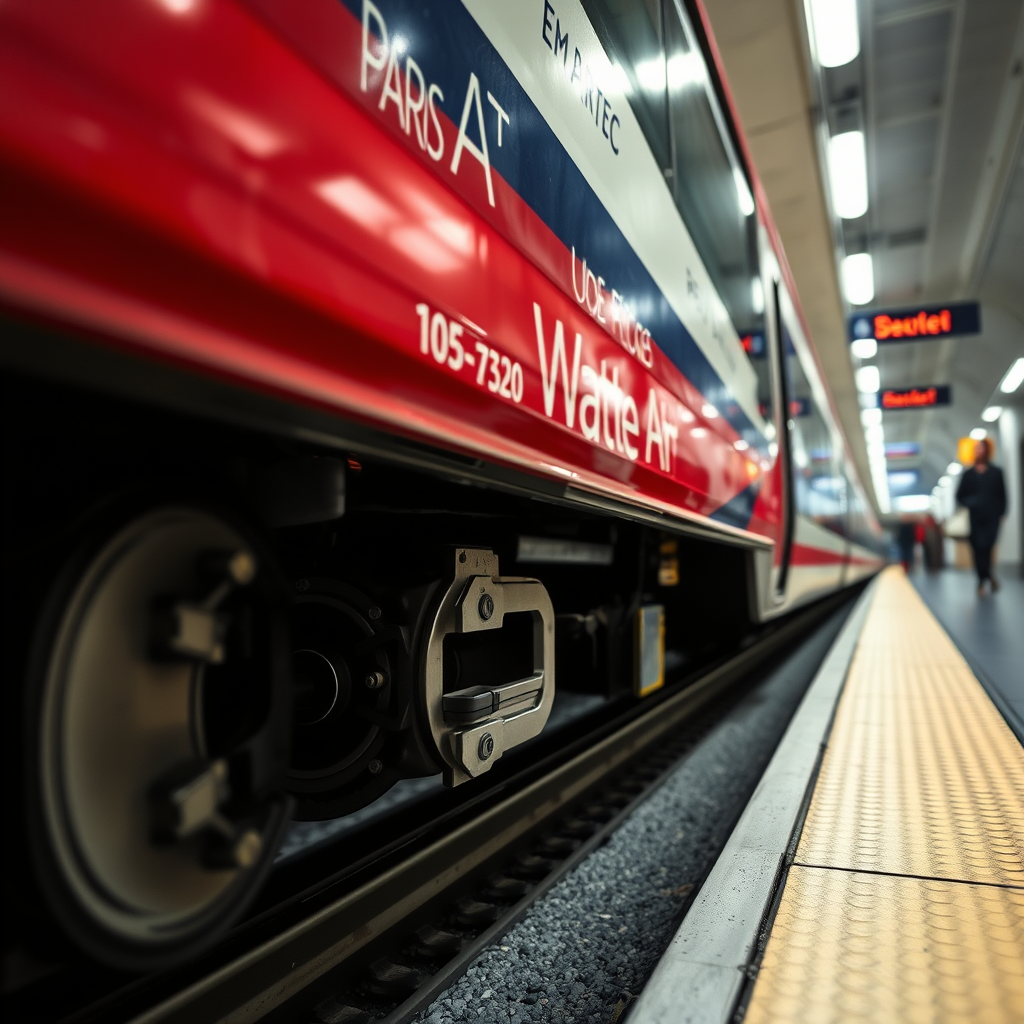Romania’s Rail Upgrade: Alstom’s ERTMS & Electrification

Modernizing Romanian Rail Infrastructure: Alstom’s Electrification and Signaling Contracts
This article examines the significant contracts awarded to Alstom for the modernization of the Cluj Napoca-Oradea railway line in Romania. The project, encompassing substantial upgrades to signaling, electrification, and related infrastructure, represents a crucial step in enhancing Romania’s rail network capacity and operational efficiency. The focus will be on the technological advancements implemented, the economic implications for Romania, and the strategic positioning of Alstom within the burgeoning European rail modernization market. Specifically, we will delve into the details of the implemented signaling system (ERTMS Level 2), the electrification infrastructure including the power supply and overhead catenary system (OCS), and the broader impact of these improvements on passenger and freight transport. The role of Alstom’s Romanian engineering hub in executing and supporting these projects will also be highlighted, demonstrating the growing importance of local expertise in large-scale rail infrastructure projects. Finally, we will consider the broader implications of these advancements for the Romanian economy and the future of rail transport in the region.
Alstom’s Scope of Work: Signaling and Electrification
Alstom, in consortium with Romanian civil works company Arcada (Asocierea RailWorks), secured two contracts focusing on the modernization of approximately 66 kilometers of the Cluj Napoca-Oradea double-track railway line. This involves two distinct sections: Cluj Napoca – Aghireș (30 km) and Aghireș-Poieni (36 km). Alstom’s contribution centers on the complete overhaul of the signaling and electrification systems. This encompasses the implementation of a modern digital train control system, specifically the European Rail Traffic Management System (ERTMS) Level 2, a crucial component for achieving higher speeds and improved safety. Furthermore, Alstom will deliver advanced traffic management solutions, enhancing operational efficiency and reducing delays. The electrification works include the construction of two traction power substations and the installation of Alstom’s OCS3 overhead contact line (OCS) system designed for mainline applications, showcasing its manufacturing capabilities from its Lecco, Italy facility. The project also includes upgrades to digital interlocking systems and passenger information systems, improving the overall passenger experience.
Enhanced Operational Capabilities and Speed Improvements
The modernization project will significantly enhance the operational capabilities of the Cluj Napoca-Oradea line. The implementation of ERTMS Level 2 and the upgraded infrastructure will allow passenger trains to operate at speeds of up to 160 km/h (approximately 99 mph), and freight trains to reach speeds of 120 km/h (approximately 75 mph). This substantial increase in speed will reduce travel times, making rail transport a more competitive alternative to road transport for both passengers and freight operators. The improved safety and reliability resulting from the new signaling system will also contribute to increased operational efficiency and reduced disruptions. Increased speed and capacity directly translate to enhanced economic benefits for the region through more efficient goods movement and improved passenger transit options.
Strategic Importance and Economic Impact
The project holds significant strategic importance for both Alstom and Romania. For Alstom, it solidifies its position as a leading provider of rail signaling and electrification solutions in Romania. The project leverages the expertise of Alstom’s Bucharest engineering hub, which employs over 200 highly qualified engineers. This demonstrates the company’s commitment to local talent development and its ability to execute large-scale projects effectively. For Romania, the modernization of the Cluj Napoca-Oradea line is a vital step in upgrading its national rail infrastructure. Improved rail transport efficiency will stimulate economic growth by facilitating trade and improving connectivity within the country. The project also contributes to the broader goal of creating a more modern and efficient transportation system, aligning with the country’s commitment to sustainable development.
Conclusions: A Modernized Rail Network for Romania
The Alstom contracts for the modernization of the Cluj Napoca-Oradea railway line represent a significant advancement in Romanian rail infrastructure. The project encompasses the implementation of state-of-the-art signaling systems (ERTMS Level 2), advanced traffic management solutions, and a comprehensive electrification upgrade, including the installation of a new overhead contact line (OCS) system and traction power substations. These improvements will enable significant increases in train speeds (160 km/h for passenger trains and 120 km/h for freight trains), leading to reduced travel times and enhanced operational efficiency. The project highlights the critical role of technology in modernizing rail networks and its direct contribution to improved economic productivity. Alstom’s involvement showcases not only its technological expertise but also its commitment to leveraging local engineering talent, creating a sustainable partnership between international expertise and national capabilities. The successful completion of this project will serve as a model for future infrastructure upgrades across Romania, fostering further economic development and improved connectivity within the country. The increased speeds and improved reliability resulting from the modernization efforts will contribute to the growth of both passenger and freight rail transport, offering a sustainable and efficient alternative to road transport and reinforcing Romania’s commitment to modernizing its transportation infrastructure for the benefit of its citizens and its economy. The long-term impact will extend beyond the immediate project scope, shaping the future of rail transport in Romania and promoting sustainable economic growth within the region.


